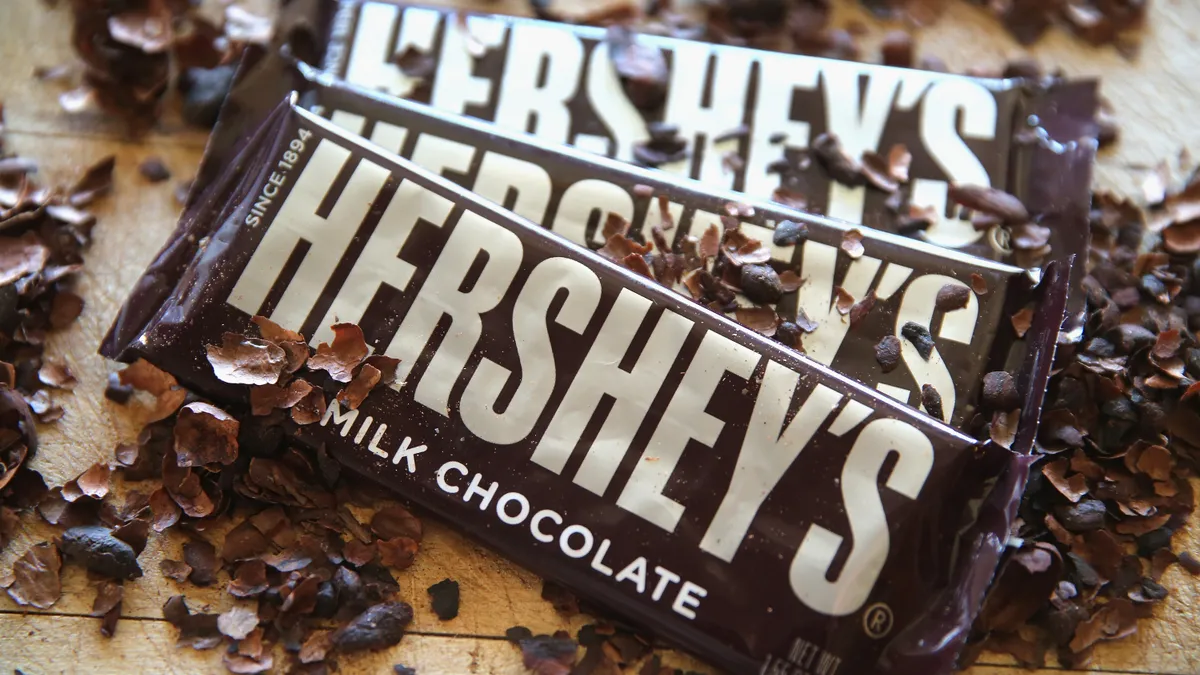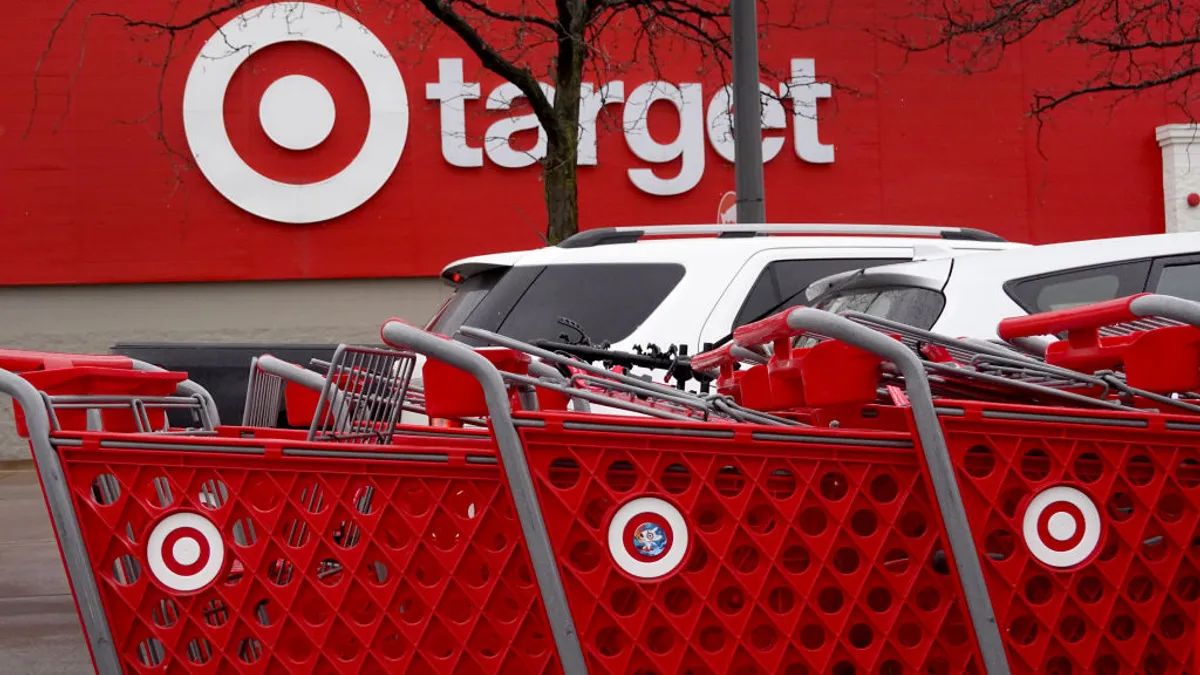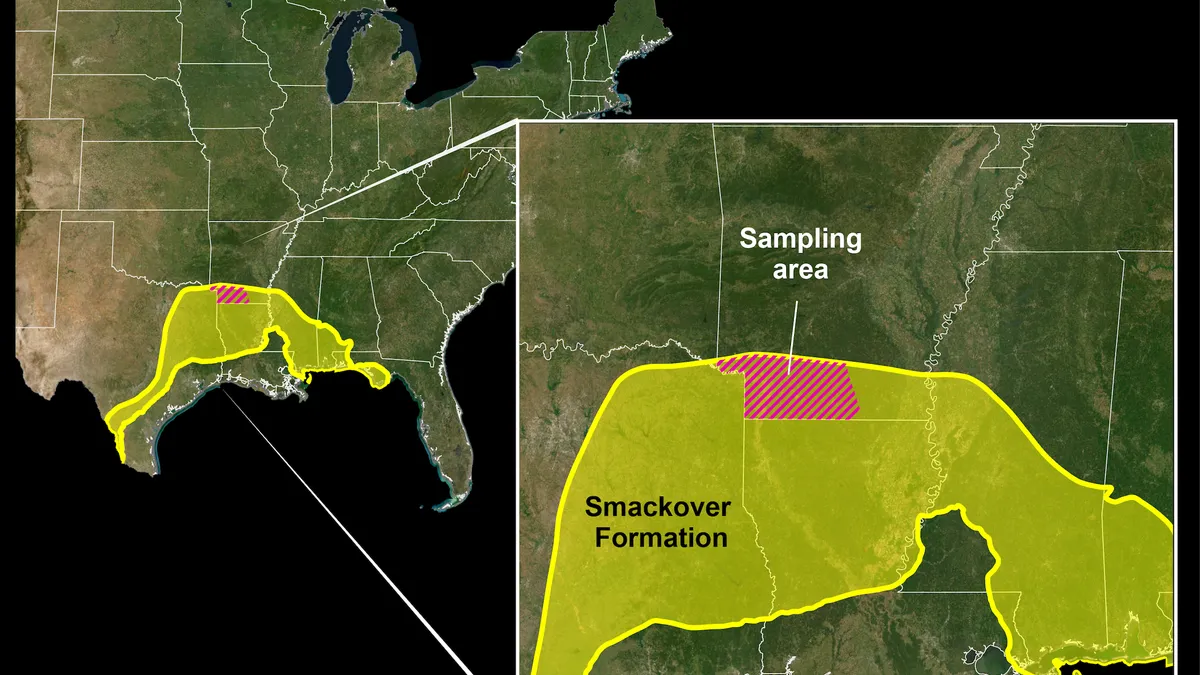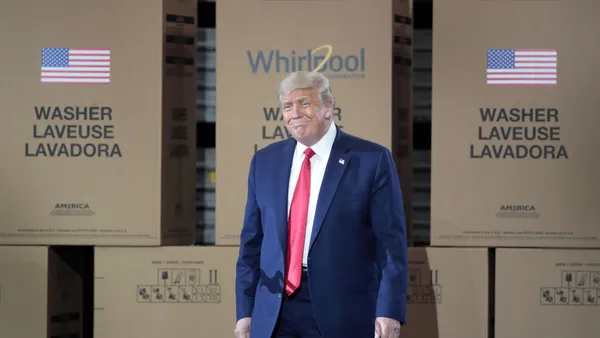Mondelēz International and Hershey warned that stubbornly high cocoa prices are expected to weigh on their businesses throughout 2025.
Dirk Van de Put, Mondelēz CEO, said in a statement that the Oreo and Toblerone maker is focused on navigating “unprecedented cocoa cost inflation.” The snacking giant estimated higher cocoa prices and inflation would lower its adjusted earnings per share in 2025 by approximately 10%.
Van de Put left on the table the possibility that Mondelēz would need to raise prices later this year, or into 2026, if cocoa costs remain elevated. Still, he told investors most consumers haven’t lost their appetite for chocolate and it remains one of the “indulgences they can’t live without.”
“Our view is that despite the short-term volatility that our approach needs to be to protect the category health, to protect our share in the category and to protect our brand investments,” Van de Put said. “For sure, cocoa prices will remain higher than they've been in the past, but they will come down eventually from the current high.”
Despite a recent slide, cocoa prices have more than doubled since the end of 2023, according to Bloomberg. Supply has been squeezed due to weather, diseases and robust consumer demand.
“The lasting rise in cocoa prices has been an Achilles' heel for confectionery manufacturers,” Erin Lash, a director of consumer equity research at Morningstar, told investors in a note.
Chocolate accounted for a record $21.4 billion in confectionery sales during the last year, with 65% of consumers indulging in the confection, according to an October report from the National Confectioners Association.
Hershey CEO Michele Buck, who said she plans to step down in 2026, said in a statement the company expects the “surge in cocoa prices to put significant pressure on 2025 earnings.”
Still, she told analysts that the Pennsylvania-based Reese’s and Kisses maker is optimistic about the cocoa crop, with nearly half of its production today coming from areas outside of Ivory Coast and Ghana. Hershey also has made investments in West Africa and diversified its supply sources.
“At the same time, we know that fundamentals and market price aren't exactly aligned,” Buck observed.
The high price of cocoa also has increased demand globally for cocoa alternatives, with some switching to other options. “We do that where possible, but we’re pretty precious about the brands and what they stand for with consumers,” the CEO said.
Analysts were optimistic that Hershey and other companies would weather the impact of cocoa on their businesses.
Brittany Quatrochi, an analyst with Edward Jones, said while higher cocoa costs will weigh Hershey’s earnings growth and take several years to offset, the headwinds will be temporary.
“Our concerns about cocoa costs are balanced by our belief that Hershey is a well-run company with an above-average long-term growth rate,” she said in a research note.
Hershey, Mondelēz, Nestlé and other cocoa users have spent millions of dollars to improve the livelihood of producers and increase output in areas where it is sourced. There also has been an uptick in interest in growing cocoa in a lab.
Mondelēz’s SnackFutures Ventures, the company’s venture capital arm, was among the investors who participated in a $4.5 million financing round for Celleste Bio, a producer of cell-cultured cocoa ingredients, in December.
Buck said cellular agriculture is something Hershey is watching closely, noting the significant investments it is receiving. It could be a “game changer” in the long term, she said.
















